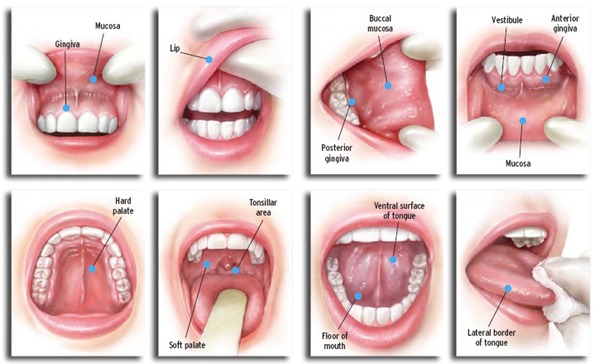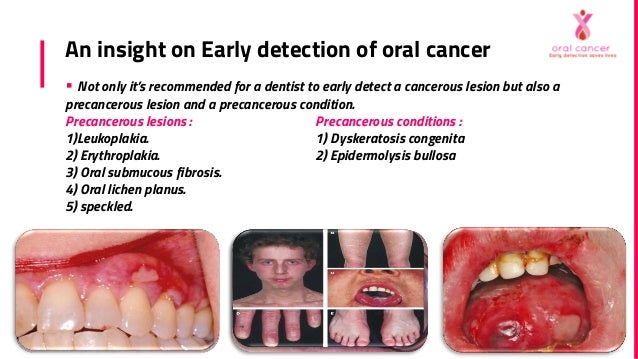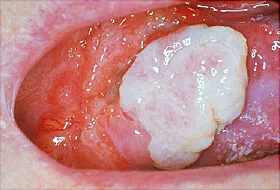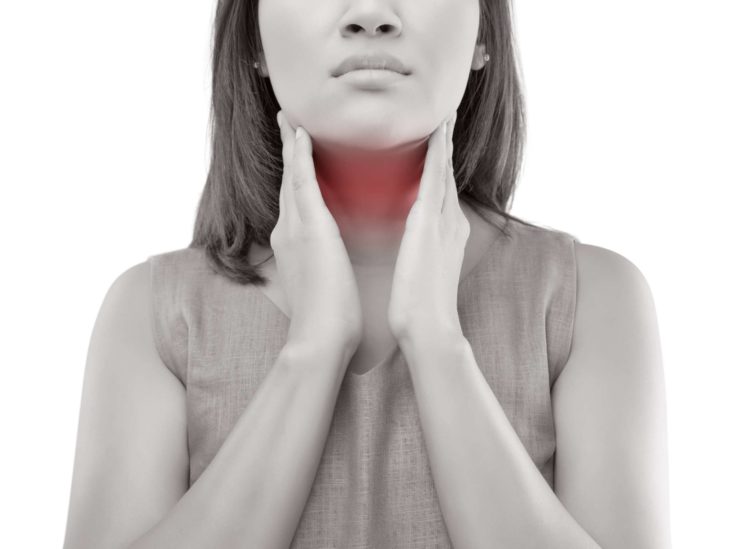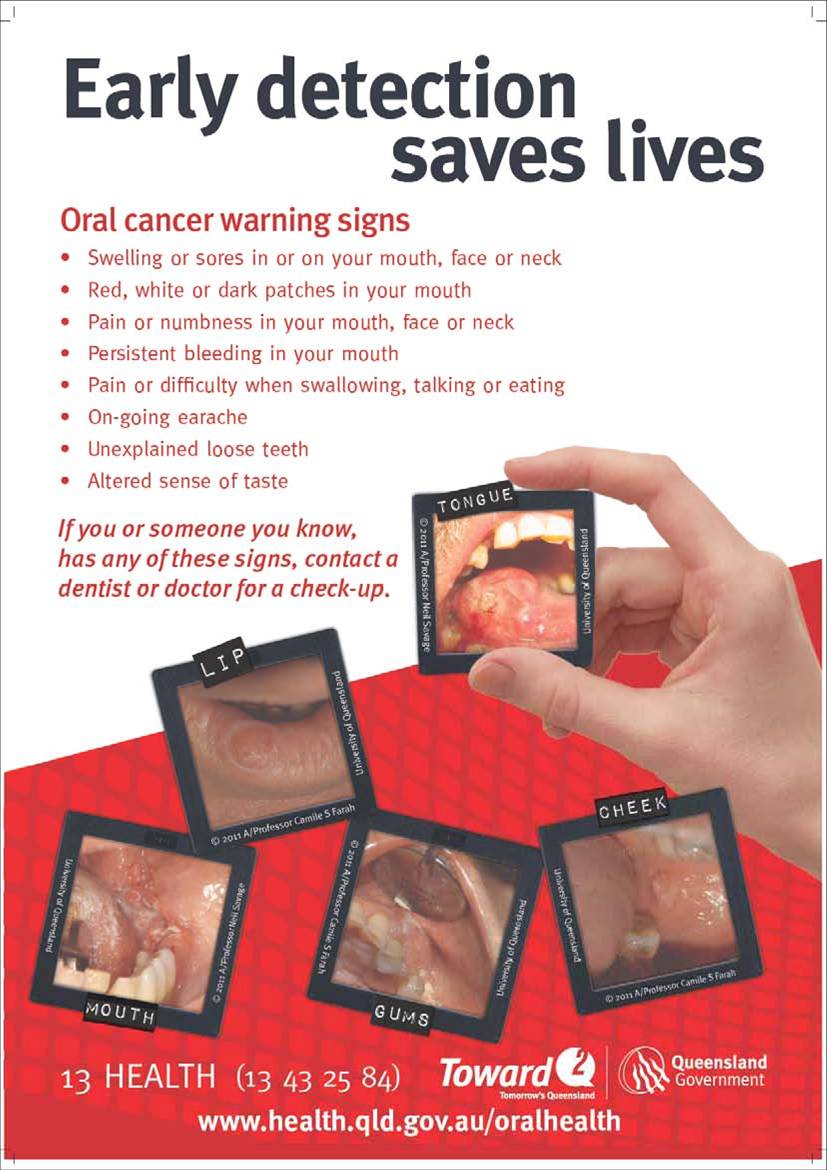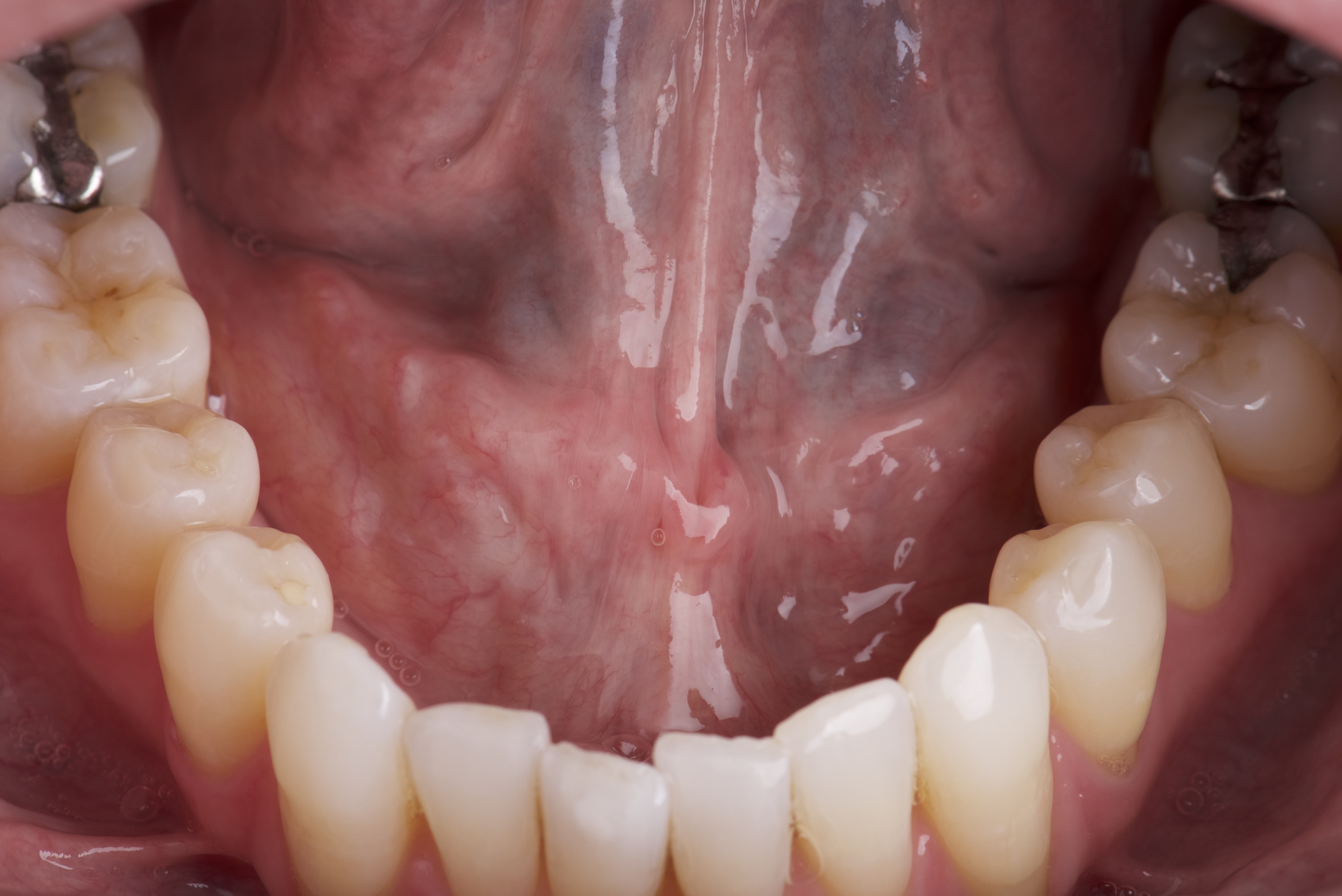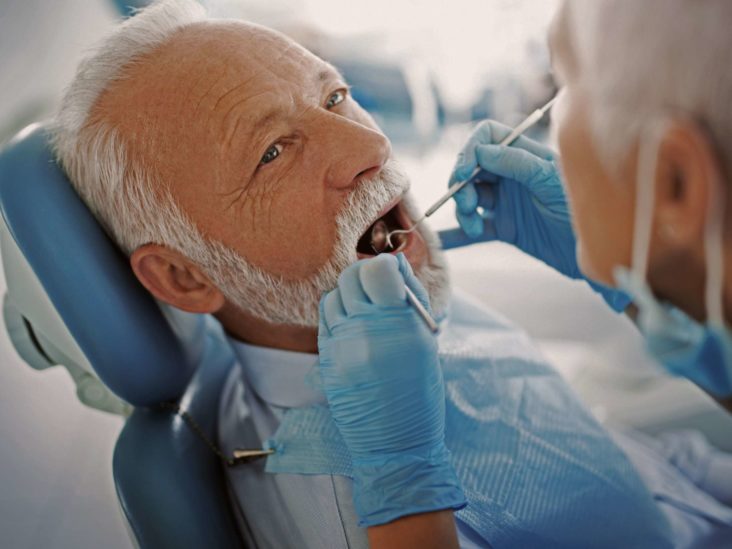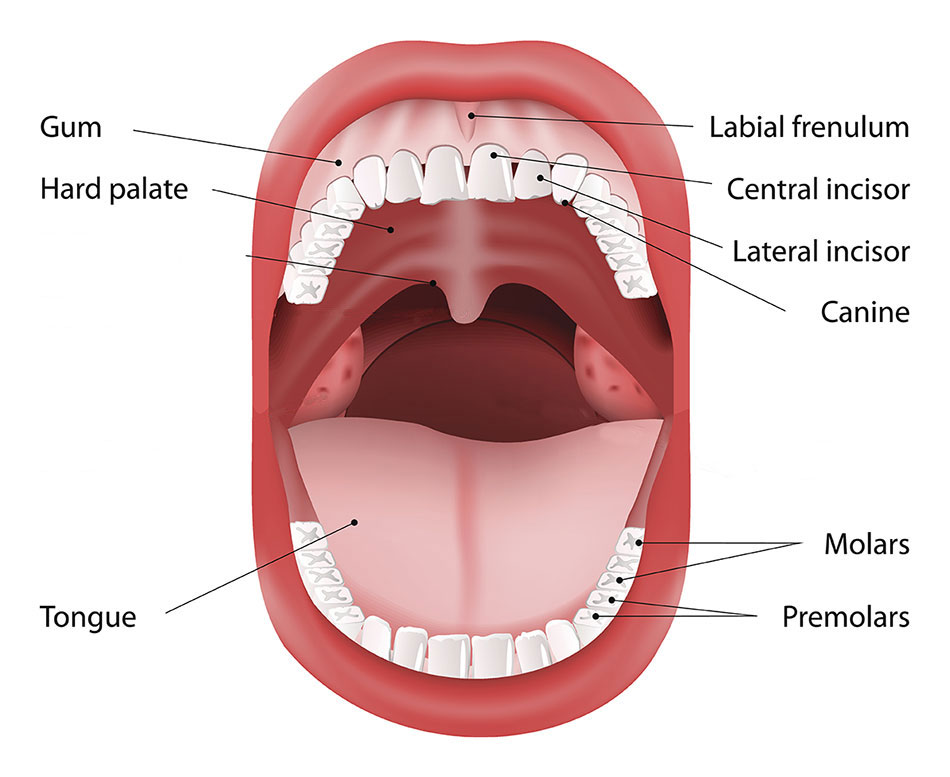How To Detect Oral Cancer Early
Many dentists will perform the test during your regular dental check up.
How to detect oral cancer early. During the exam your dentist or dental hygienist will check your face neck lips. If you ve had family members deal with cancer or you ve been diagnosed with a precancerous condition it s understandable that you might want to be alert for early signs of cancer. Explore mayo clinic studies testing new treatments interventions and tests as a means to prevent detect treat or manage this disease.
Those of the tonsil and oropharynx are included as oropharyngeal cancers. Oral cancer includes cancers of the lip tongue and rest of the oral cavity but not cancers of the major salivary glands. Early detection of oral cancer obligations and opportunities how common is oral cancer.
The goal of oral cancer screening is to detect mouth cancer or precancerous lesions that may lead to mouth cancer at an early stage when cancer or lesions are easiest to remove and most likely to be cured. This procedure involves digital palpation of neck node regions bimanual palpation of the floor of mouth and tongue and inspection with palpation. State of the science screening and early detection screening for oral cancer should include a thorough history and physical examination.
Mouth cancers are closely linked to tobacco use including cigarettes cigars pipes chewing tobacco and snuff among others. By this definition there are currently. While a lack of awareness of early signs and symptoms contributes to late diagnosis early detection of oral cancer also relies on a seamless referral diagnosis and pathway management of the patient.
The exam is painless and takes only a few minutes. Regular dental check ups that include an exam of the entire mouth are important in finding oral and oropharyngeal cancers and pre cancers early. An oral cancer examination can detect early signs of cancer.
Along with a clinical exam of the mouth and throat some dentists and doctors may use special dyes and or lights to look for abnormal areas especially if you are at higher risk for these cancers. The clinician should visually inspect and palpate the head neck oral and pharyngeal regions.



